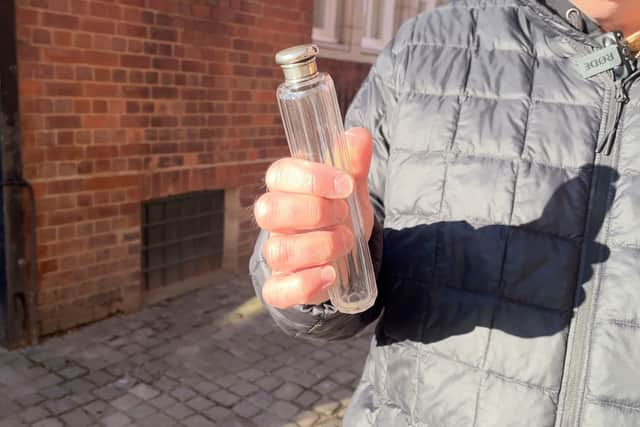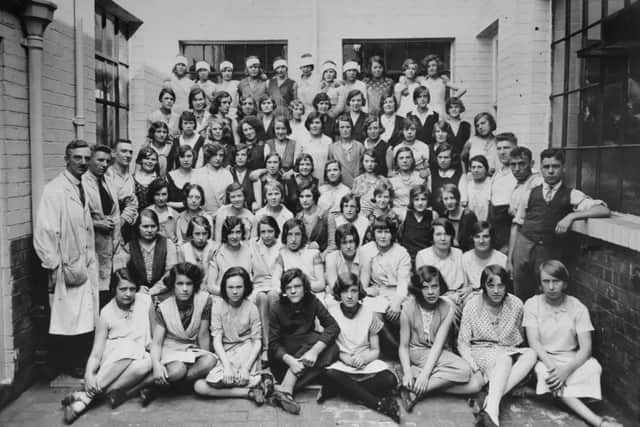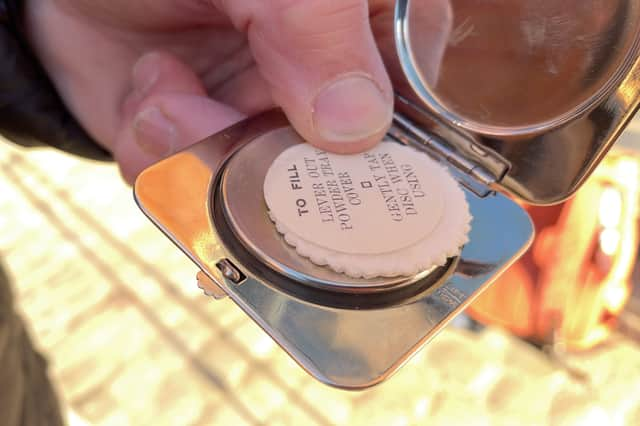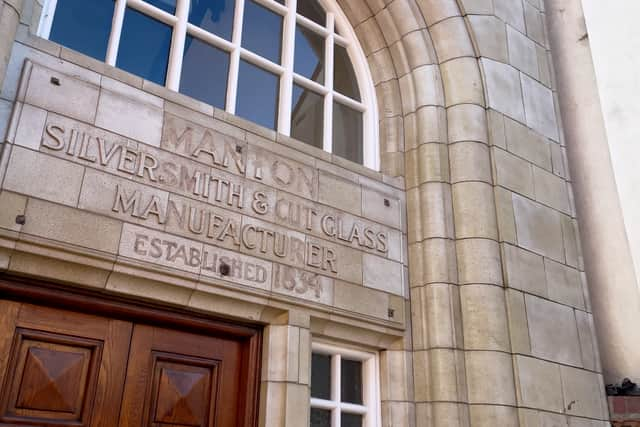We discover the hidden history of Edwardian women workers at iconic Jewellery Quarter apartment development
and live on Freeview channel 276
In the heart of Birmingham's Jewelry Quarter lies a building with a rich industrial past, the Gwenda Works, which stands as a testament to the city's craftsmanship and entrepreneurial spirit. Kevin Thomas from Birmingham Heritage Walking Tours takes us on a journey through time, unravelling the story of this remarkable edifice.
Originally known as the Henry Manton Silver Works, the building's first incarnation was as a producer of luxurious silver items, particularly specialising in high-end silver perfume bottle tops, which complemented glass bottles likely made in Stourbridge. As a prestigious jewellery company, it set the standard for fine craftsmanship in Birmingham's Jewellery Quarter.


Advertisement
Hide AdAdvertisement
Hide AdHowever, the narrative of the Gwenda Works evolved when Henry Manton Silver Works ceased operations and moved to Great Hampton Street. It was then that the Hussey Dawson Company took over, renaming the establishment to Gwenda Works. Kevin Thomas fondly displays a photograph from that era, featuring the "Gwenda girls" who worked there, donned in their factory attire.


A stark departure from its silverworking heritage, the Gwenda Works began producing small plastic compacts, a product typified by the example that Kevin proudly holds — a pristine, never-sold Art Deco compact known as New Old Stock. In contrast to its previous high-end status, these compacts were produced in large quantities, accessible and exported throughout Britain.
The Art Deco Jewellery Quarter walking tour frequently stops at the Gwenda Works, where participants can link the building to the products that were created within its walls. The compact, labelled a "Tap Flap," represents an era of mass production and a shift in the market, illustrating the adaptive nature of the industry.


Nestled at the top of Legge Lane, the Gwenda Works stands on the grounds of what was once an affluent area, previously the driveway to a grand mansion owned by Heneage Legge. Though the mansion is no longer there, the Gwenda Works remains, having undergone an impressive renovation. It stands as one of Kevin Thomas's favourite restorations in the Jewelry Quarter, subtly converted into apartments, indicative of the broader transformation as the industrial presence in the area gives way to residential developments.


Advertisement
Hide AdAdvertisement
Hide AdThe Gwenda Works is more than a building; it's a chronicle of transcending time and fashion, from fine silver work to the mass production of compacts, and now to its current incarnation as living spaces. This journey mirrors the evolution of Birmingham's Jewellery Quarter itself, with its continuous reimagining while honouring its heritage.
Comment Guidelines
National World encourages reader discussion on our stories. User feedback, insights and back-and-forth exchanges add a rich layer of context to reporting. Please review our Community Guidelines before commenting.